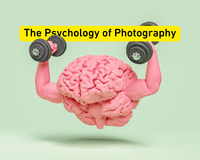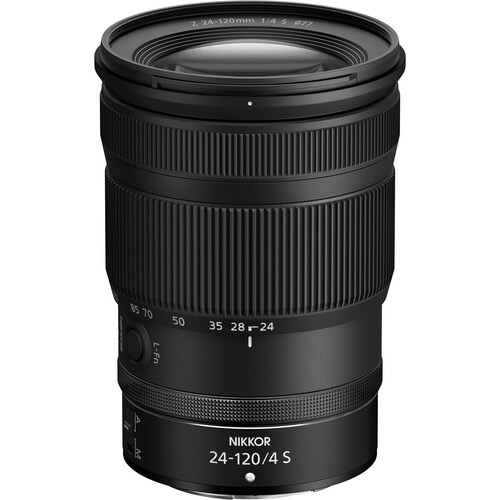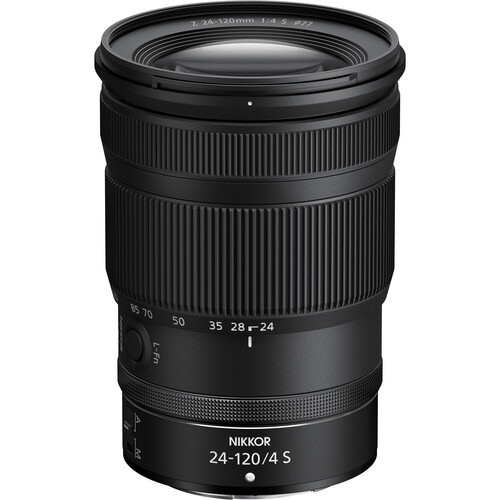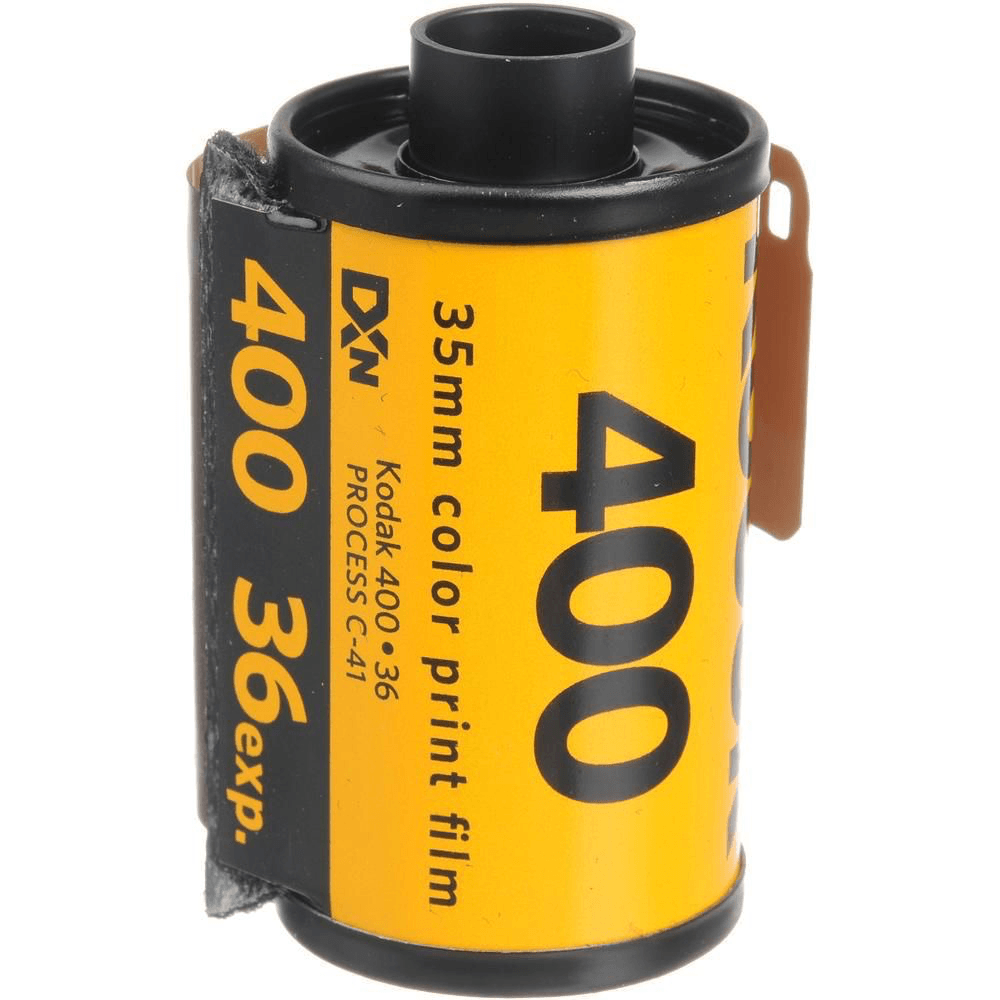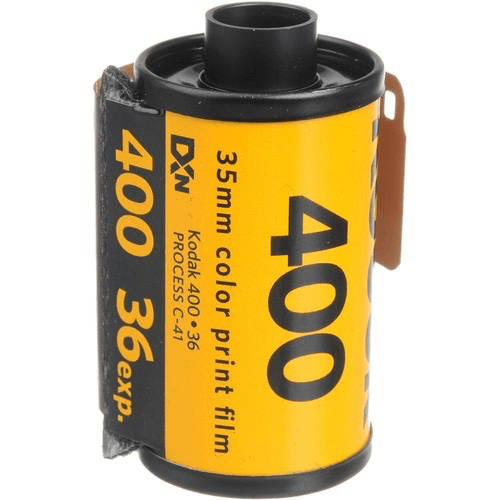In the realm of visual storytelling, the art of filmmaking serves as a potent medium that transcends mere dialogue and plot. It weaves a narrative tapestry through a symphony of visual elements, imparting emotions, meaning, and storytelling prowess. Amid this orchestra of visual techniques, one particular approach to framing has endured through decades – the art of symmetrical framing. This technique is rooted in equilibrium and harmony, wielding a profound psychological influence over its audience.
In this blog, we shall venture into the captivating world of symmetrical framing in photography and filmmaking, unraveling its deep-seated psychological impact, its intrinsic visual allure, the intricacies of its compositional elements, and an evaluation of its pros and cons.

What is Symmetrical Framing
Symmetrical framing, as a cinematographic and photographic technique, invites us to a realm where the composition of a shot is artfully balanced along a central axis. In the symmetrical frame, elements on one side harmoniously mirror their counterparts on the other side, creating a captivating sense of equilibrium and unity. This balance isn't just about aesthetics; it taps into the human psyche's innate desire for order, balance, and the beauty of aesthetics. It whispers serenity and clarity to the audience, making it a cherished tool for filmmakers seeking to craft a truly immersive experience.

The Psychology of Symmetry
Symmetry embodies order and stability, a visual counterpart to a beautifully composed symphony or a meticulously structured narrative. It exudes an aura of balance that can resonate profoundly with the viewer on multiple levels.
- Aesthetic Rapture: The sheer symmetry in framing tends to be inherently appealing to the human eye. It beckons the viewer into the frame, undistracted, and offers a sense of satisfaction in its organized, polished presentation.
- Emotional Prowess: Symmetrical framing isn't just about visual harmony; it's a silent conductor of emotions. It can elicit sensations of stability, peace, and serenity. Conversely, a slight disruption in symmetry can signal chaos, tension, or the advent of change.
- Narrative Clarity: When a filmmaker employs symmetrical framing in a scene, it serves as a luminous signpost for the audience. It signifies a crucial moment, a pivotal turn in the narrative, or a detail that warrants keen observation.

The Visual Symphony
Symmetrical framing is distinguished by a plethora of visual qualities, each contributing to its captivating allure:
- Centered Composition: The most conspicuous hallmark of symmetrical framing is the unwavering focus on the central axis, both horizontally and vertically. This often entails placing the subject or objects at the heart of the frame, commanding the viewer's attention.
- Balance: Every element within the frame dances in symmetrical harmony. The colors, the lighting, and other visual constituents synchronize to deliver an overarching sense of equilibrium.
- Geometric Elegance: Symmetry often gives birth to or accentuates, the geometric shapes within the frame. Circles, squares, and rectangles gracefully manifest within the composition, augmenting its visual appeal.
- Clean Lines and Striking Silhouettes: Symmetrical framing encourages the portrayal of crisp lines and well-defined silhouettes. The subjects and objects within the frame are rendered in a manner that accentuates their essence.
- Repetition: Within the frame, elements often echo and replicate, reinforcing the rhythm and balance. Repetition can manifest in characters, objects, or architectural features, serving as a visual undercurrent.

The Ballet of Composition
To harness the full potential of symmetrical framing, photographers and filmmakers must pay heed to an orchestra of compositional elements:
- Subject Placement: The primary subject or object of focus is customarily ensconced at the heart of the frame. This deliberate placement ensures the audience's unwavering focus on it.
- Background and Foreground: While the central subject is paramount, the surrounding elements in the background and foreground are not to be ignored. These elements must also be symmetrical, weaving a harmonious composition.
- Symmetry in Depth: Beyond the 2D plane, symmetry can be skillfully employed in the depth of the frame. Filmmakers and photographers can arrange elements along a central axis from the foreground to the background, imparting a multi-dimensional equilibrium.
- Centered Lines and Patterns: The language of symmetry extends to the utilization of centered lines and patterns that guide the viewer's gaze to the focal subject, intensifying the symmetrical experience.

Pros and Cons of Symmetrical Framing
Like any cinematic technique, symmetrical framing unfurls a tapestry of pros and cons that filmmakers must navigate:
Pros
- Aesthetic Gratification: Symmetry possesses an innate allure, captivating the audience with its visual harmony.
- Narrative Clarity: It serves as a beacon, illuminating critical elements and pivotal moments, ensuring the audience doesn't miss significant details.
- Psychological Impact: The equilibrium and stability it exudes can be harnessed to evoke specific emotional responses, resonating with the audience profoundly.
- Visual Elegance: Symmetrical framing's inherently pleasing nature endows films with a polished and artful appearance.
Cons
- Dearth of Dynamism: Symmetry, at times, can be seen as static, lacking the dynamism required for action-packed scenes or moments of high tension.
- Overuse Vulnerability: An excessive reliance on symmetrical framing can lead to predictability and monotony, requiring careful balancing with other framing techniques.
- Limited Applicability: Symmetry may not be suitable for all scenes or genres. Its usage should be dictated by the thematic and stylistic requirements of the narrative.

Benefit of Symmetrical Framing
Symmetrical framing stands as a versatile technique, extending its embrace to various genres and cinematic styles:
- Drama and Emotion: In emotionally charged scenes, symmetrical framing becomes an amplifier of intensity, accentuating the significance of the moment.
- Mystery and Suspense: By subtly distorting the symmetry, filmmakers can craft an aura of tension and intrigue. A slight deviation from perfect balance can signal the presence of underlying mysteries.
- Documentaries and Interviews: In non-fiction, symmetrical framing dons the mantle of authority, bestowing a structured, professional veneer upon documentary interviews.
- Period Pieces: For historical or period films, symmetrical framing becomes a time capsule, capturing the essence of a bygone era with its pervasive sense of order and elegance.
Keeping it right down the middle – symmetrical framing, as a tool, is a masterful maestro that conducts the symphony of balance and harmony. Its psychological impact on the audience is profound, weaving emotions, rendering clarity, and exuding aesthetic allure.
However, like all artistic tools, symmetrical framing must be wielded thoughtfully, with an understanding of its nuanced strengths and weaknesses and an acute awareness of the narrative's specific demands. It is not merely about crafting visually stunning images but an immersive narrative experience that etches itself into the viewer's memory, leaving an indelible mark.
Related article: The Psychology of Photography
Related article: Textures: The Unsung Heroes of Composition
Related article: Reflections in Photography
Related article: How to Tell a Story with Your Photos
Related article: Photography Composition Techniques





